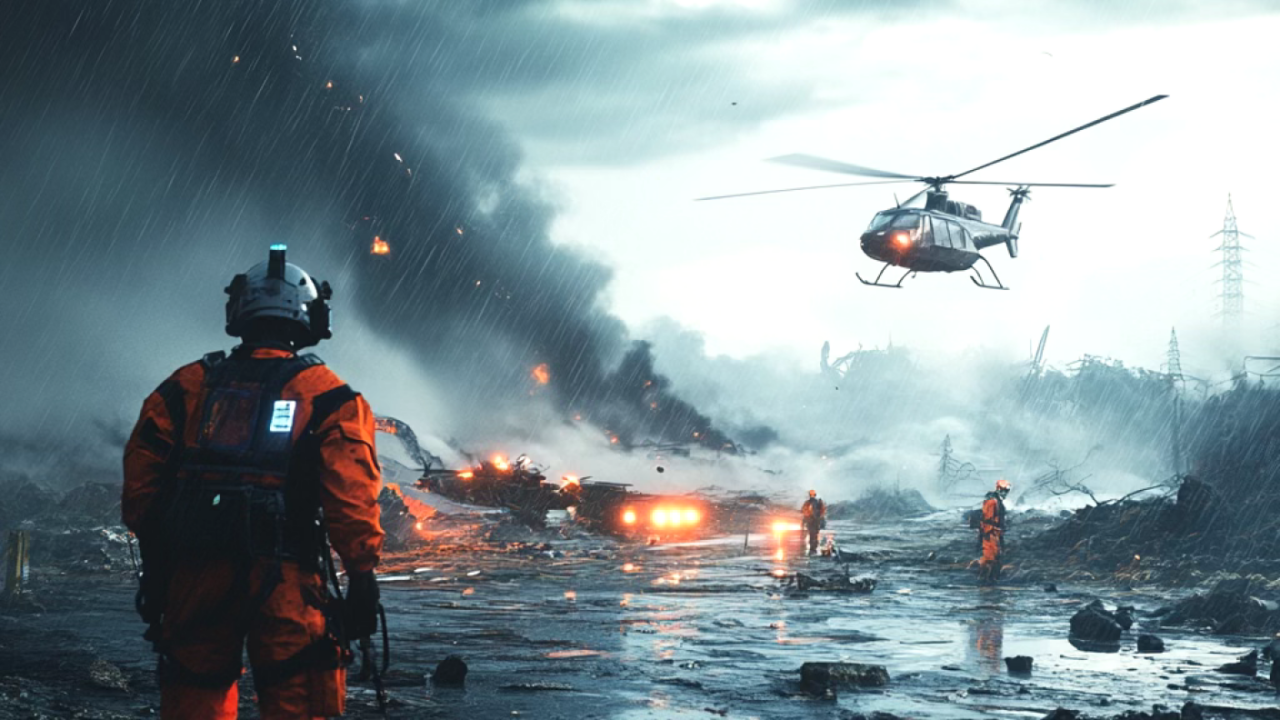Natural disasters are an unavoidable part of life on Earth, but our ability to predict and manage their impacts is rapidly evolving thanks to the integration of Artificial Intelligence (AI) into disaster response strategies. By harnessing the power of AI, emergency management agencies and humanitarian organizations are now better equipped to forecast disasters, assess risks, and coordinate effective responses. This cutting-edge technology is revolutionizing how we prepare for and respond to natural calamities, ultimately saving lives and minimizing damage.

AI Capabilities
AI’s predictive capabilities are one of its most powerful assets in disaster management. Machine learning algorithms can analyze vast datasets—from satellite imagery to weather patterns—to predict where and when a disaster might strike. These models continuously learn and improve from new data, becoming increasingly accurate in forecasting events such as hurricanes, earthquakes, floods, and wildfires. For instance, AI can process real-time data from seismic sensors to detect early signs of an earthquake, providing critical minutes for early warning systems to alert communities and initiate evacuation plans.
Beyond prediction, AI is transforming how we manage disasters once they occur. During a disaster, time is of the essence, and AI-driven tools can quickly analyze social media feeds, satellite images, and news reports to provide real-time situational awareness. This information allows responders to pinpoint areas that need immediate assistance, optimize resource allocation, and coordinate logistics more effectively. AI-powered drones and robotics also play a vital role in search and rescue operations, reaching areas that are otherwise inaccessible and providing critical supplies to those in need.

In addition to immediate disaster response, AI contributes to long-term recovery and resilience building. By analyzing post-disaster data, AI can identify patterns and vulnerabilities in affected areas, helping planners design more resilient infrastructure and improve emergency preparedness. For example, AI can evaluate the effectiveness of past disaster response efforts, providing insights that can be used to enhance future strategies.
However, the integration of AI in disaster response comes with its own set of challenges. Data privacy, ethical considerations, and the need for robust and transparent algorithms are crucial factors that need careful management. Moreover, while AI can significantly enhance disaster response capabilities, it cannot replace the human judgment and empathy that are essential in crisis situations.

The use of AI in disaster response is a game-changer, offering unprecedented opportunities to save lives, reduce economic losses, and build more resilient communities. As AI technologies continue to advance, their role in predicting, managing, and recovering from natural disasters will only become more critical, ensuring a future where we are better prepared for whatever challenges nature may bring.
By Stanislav Kondrashov



